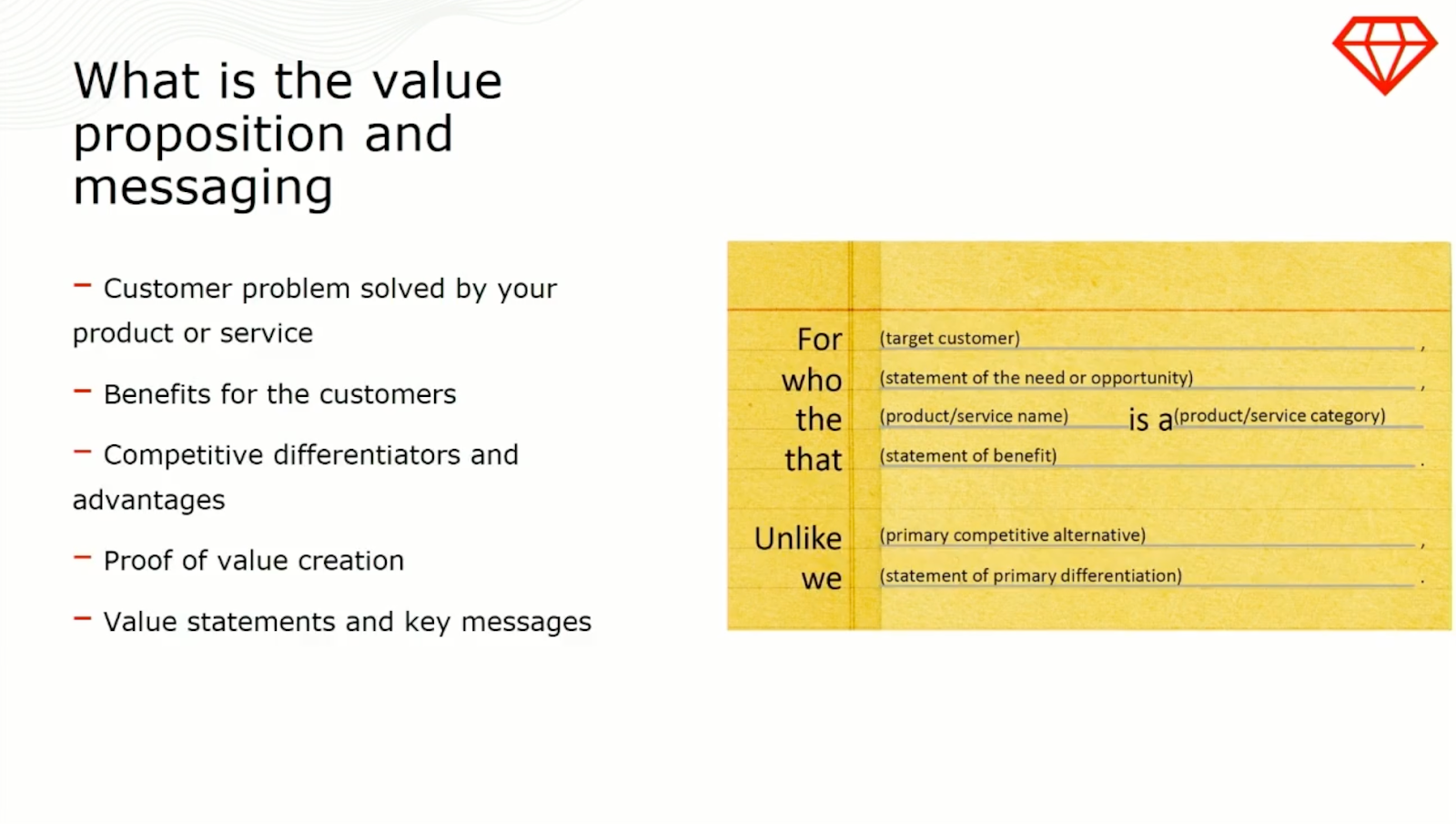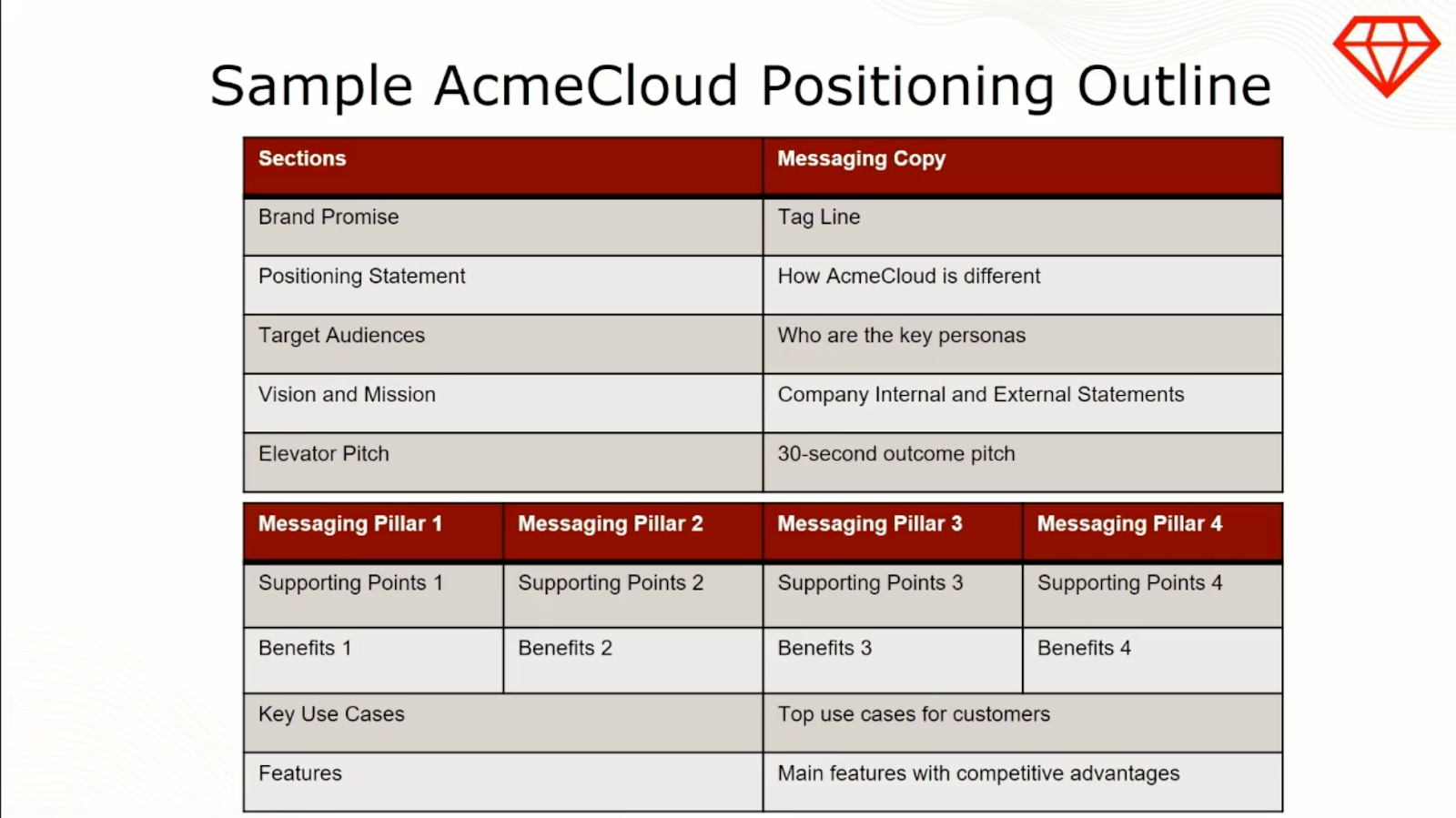Why do you need a Go-to-Market strategy? Well, not to freak you out, but 95% of all new products fail in the first year.
Those launches could fail because of poor timing – for example, I worked in an automotive company that was trying to improve energy efficiency, and then electric cars started entering the market.
Or maybe it comes down to product issues – let's just blame it on the product team. It’s always the product and never the marketing, right? Well, no.
The truth is you could build the best product in the market that solves all your customers’ pain points, but if they don't know where to find it, they're not going to buy it. That’s why you need a rock-solid Go-to-Market (GTM) plan that puts the product or services in your customer's hands.
So we know we need a GTM strategy, but what are the key questions it should answer? Let's see.
- Who is your buyer persona?
- What are you trying to sell?
- How do you reach your customers?
- Why would your target customers want to buy this product?
- When are you launching?
- Where are you going to focus your marketing and sales strategy?
These are the six key questions, and I’ll repeatedly touch upon these themes as we move through the article. Whether your company is big or small, you’ll want to keep all of these elements in mind as you prepare to go to market.
Now I’m going to lay out an activation plan that will enable you to answer all these questions, nail your GTM strategy, and measure your success after your product has launched.
Target customer
Who are you selling to?
The first thing you want to do is identify your buyer personas. Once you’ve researched them, you want to make sure you validate them. This means talking to analysts, customers, and sales reps, and making sure that your personas hit the mark.
Value proposition
What should you address in your messaging?
A lot of product marketers get excited about writing the messaging document. But to write that document, you need to understand the market and how your product uniquely solves the customer's pain points. You also need to also understand how the product works so you can translate it into something the customer understands.


From here, you can build your messaging pillars. Your marketing team needs to be able to tease apart each of these pillars and use them to run campaigns that will hit different target audiences, so give them options.

Routes-to-market
How are you going to reach your target audience?
Now you’ve figured out your messaging, let’s dig into how you’re going to share it. You’ll need to make some important decisions here:
- Direct vs indirect
- Push vs pull
- Horizontal vs vertical
- B2B vs B2C
Communication plan
How will your customers hear about this?
Think about where you are in terms of your product adoption lifecycle. Are you marketing to the innovators or the stragglers? You want to create your marketing mix based on that lifecycle and all the homework you’ve already done on your personas.
You also want to think about which part of the funnel you’re targeting. Are you building market awareness and brand reputation at the top of the funnel, aiming to secure more leads further down the funnel, or trying to get more conversions through hands-on technical collateral for your customers at the bottom of the funnel?
Pricing strategy
What’s the best pricing model for your product?
With SaaS products, there are multiple pricing options. You can go freemium and give customers the product for free for 15 days before the billing kicks in. You could offer a flat rate and bill your customers the same amount each month no matter how much they consume. Or, you could go for a consumption-based model. Alternatively, a tiered pricing model might work best.
You’ll also want to think about the product introduction phase. You could give out promo codes and discounts while you’re getting your product off the ground. Credits are an option too.
Operational readiness
How will you communicate with your stakeholders?
The final thing is to make sure that all your stakeholders are educated on what's coming. All too often, you can find yourself running a launch event, only for a seller to turn around and ask what the product is because they’ve never heard of it. You need to make sure everyone is kept in the loop when you're bringing in new products. Let’s look at a process for that.
Step one: Identify stakeholders and resources
Step two: Develop your GTM plan
Step three: Align your business processes
Step four: Update your internal communication channels
Step five: Ongoing reporting

Key takeaways
🤔 Keep reminding yourself of the six questions:
- Who?
- What?
- How?
- Why?
- When?
- Where?
🖼️ Adopt a framework to make your GTM consistent and scalable. This will help you as you scale your company and bring new people on board across your cross-functional teams.
📈 Finally, you want to make sure you have the right metrics and keep calculating at each stage how these metrics are performing.
When you do this, you’ll be able to get the right product to the right audience at the right time through the right channel.
This article was adapted from Janani's presentation at the Product Marketing Summit in San Francisco, 2022.
Product Marketing Alliance members can watch the complete presentation – including how Janani implemented this strategy at AcmeCloud, details of her five-step process for communicating with stakeholders, and the metrics to track after your launch – on-demand here or read the full write-up here.




